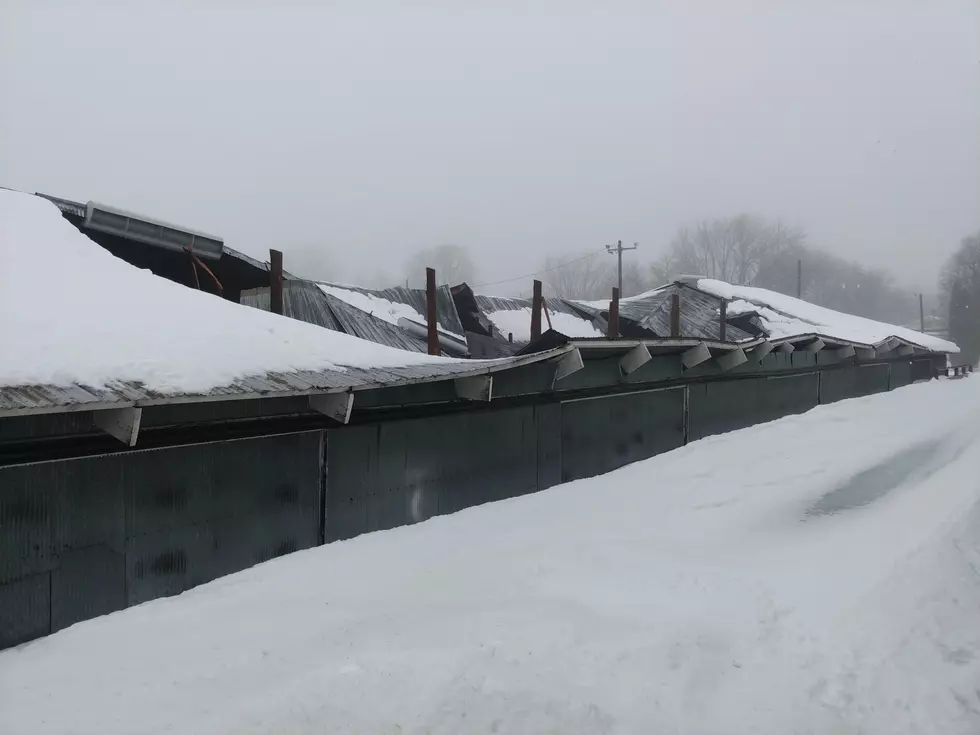
Steele County SKYWARN Training Class
Now that the weather is warming up, and we are officially in the Spring season, it is also the time of year when we normally don't have to worry about snow storms and blizzards. However, it is the time of year when severe weather in the forms of thunderstorms, tornado watches and warnings, and hail make their presence known.
While radar technology has really come a long way in the past decades, it cannot take the place of trained spotters who are seeing the conditions as they are developing and happening. Dave Purscell led the Steele County SKYWARN training, and he said that even with the updated radar and satellites, the National Weather Service cannot see what is happening in Steele County below 5,000 feet, so they need the eyes on the ground to keep them updated on current weather conditions. Spotters also add credibility to weather reports.
The SKYWARN spotters are not storm chasers, the safety of those out spotting is of utmost importance. The role of the spotters is to provide reports of what is actually happening, They work with each other and make reports to the NWS, as well as other members. They also have a Facebook group where people can post updates as they are happening, as well as share stories of weather happenings. The group is open to the public to join.
Dave explained the difference between severe weather watches and warnings. With a watch, the conditions are favorable for severe weather to develop, warnings mean the severe weather is imminent or occurring.
There are many different ways that alerts and warnings go out:
- Wireless emergency alerts
- TV/Radio coverage
- NWS Mobile Widget
- Internet mobile apps
- County warning systems
- Weather Apps
- NOAA Weather Radio (this was highly recommended)
This training was well attended, it was packed in there with current spotters, and those interested like my family. The training was over 2 hours long, and there was so much information covered, it's hard to condense it down to just a few key points.
If you missed the training and are still interested, you can check out the SKYWARN website for a link to do training online, or you can check out training in other counties here. Even if you are not able to go out "spotting" you will still get a wealth of information to keep yourself informed and safer during severe weather.
One last thought here, Dave Purscell did say that even at 7 days out, with the advances in technology, the NWS is really good at predicting threatening weather. Rarely does a severe weather outbreak hit without advance warning. He brought up the severe storms and tornados that hit the area last September and said that even as far out as 7 days, our area was under an enhanced risk for an outbreak. That doesn't mean that there will be a severe storm, just that conditions are favorable. Even knowing that, the way the tornados formed was a bit of a surprise. Science and technology are getting better, but, nothing is ever guaranteed when it comes to weather.
More From KDHL Radio










